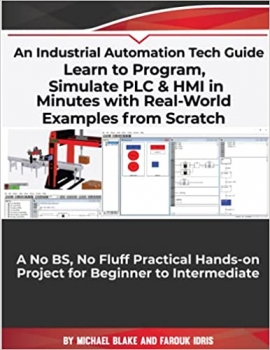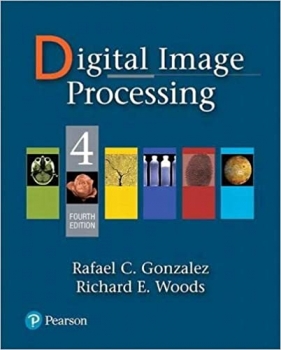Product details
- Publisher : Princeton University Press (April 21, 2008)
- Language : English
- Hardcover : 408 pages
- ISBN-10 : 0691135762
-
ISBN-13 : 978-0691135762
کتاب Feedback Systems: An Introduction for Scientists and Engineers
This book provides an introduction to the mathematics needed to model, analyze, and design feedback systems. It is an ideal textbook for undergraduate and graduate students, and is indispensable for researchers seeking a self-contained reference on control theory. Unlike most books on the subject, Feedback Systems develops transfer functions through the exponential response of a system, and is accessible across a range of disciplines that utilize feedback in physical, biological, information, and economic systems.
Karl Åström and Richard Murray use techniques from physics, computer science, and operations research to introduce control-oriented modeling. They begin with state space tools for analysis and design, including stability of solutions, Lyapunov functions, reachability, state feedback observability, and estimators. The matrix exponential plays a central role in the analysis of linear control systems, allowing a concise development of many of the key concepts for this class of models. Åström and Murray then develop and explain tools in the frequency domain, including transfer functions, Nyquist analysis, PID control, frequency domain design, and robustness. They provide exercises at the end of every chapter, and an accompanying electronic solutions manual is available. Feedback Systems is a complete one-volume resource for students and researchers in mathematics, engineering, and the sciences.
- Covers the mathematics needed to model, analyze, and design feedback systems
- Serves as an introductory textbook for students and a self-contained resource for researchers
- Includes exercises at the end of every chapter
- Features an electronic solutions manual
- Offers techniques applicable across a range of disciplines
منابع کتاب کتاب Feedback Systems: An Introduction for Scientists and Engineers
این کتاب مقدمهای بر ریاضیات مورد نیاز برای مدلسازی، تحلیل و طراحی سیستمهای بازخورد ارائه میکند. این یک کتاب درسی ایده آل برای دانشجویان کارشناسی و کارشناسی ارشد است و برای محققانی که به دنبال مرجع مستقل در نظریه کنترل هستند ضروری است. برخلاف اکثر کتابهای مربوط به این موضوع، سیستمهای بازخورد توابع انتقال را از طریق پاسخ نمایی یک سیستم توسعه میدهند و در طیف وسیعی از رشتههایی که از بازخورد در سیستمهای فیزیکی، بیولوژیکی، اطلاعاتی و اقتصادی استفاده میکنند، قابل دسترسی است.
کارل آستروم و ریچارد موری از تکنیکهای فیزیک، علوم کامپیوتر و تحقیقات عملیاتی برای معرفی مدلسازی کنترلگرا استفاده میکنند. آنها با ابزارهای فضای حالت برای تجزیه و تحلیل و طراحی، از جمله پایداری راه حل ها، توابع لیاپانوف، قابلیت دسترسی، قابلیت مشاهده بازخورد حالت، و برآوردگرها شروع می شوند. نمایی ماتریس نقش اصلی را در تجزیه و تحلیل سیستم های کنترل خطی ایفا می کند و امکان توسعه مختصر بسیاری از مفاهیم کلیدی برای این دسته از مدل ها را فراهم می کند. Åström و Murray سپس ابزارهایی را در حوزه فرکانس، از جمله توابع انتقال، تجزیه و تحلیل Nyquist، کنترل PID، طراحی حوزه فرکانس و استحکام، توسعه داده و توضیح میدهند. آنها تمرینهایی را در پایان هر فصل ارائه میکنند و راهنمای راهحلهای الکترونیکی همراه آن در دسترس است. سیستم های بازخورد یک منبع کامل یک جلدی برای دانشجویان و محققین ریاضیات، مهندسی و علوم است.
- ریاضیات مورد نیاز برای مدلسازی، تحلیل و طراحی سیستمهای بازخورد را پوشش میدهد
- به عنوان یک کتاب درسی مقدماتی برای دانش آموزان و یک منبع مستقل برای محققان عمل می کند
- شامل تمرینات در پایان هر فصل است
- دارای یک کتابچه راهنمای راه حل های الکترونیکی است
- تکنیک های قابل اجرا در طیف وسیعی از رشته ها را ارائه می دهد
































ارسال نظر درباره کتاب Feedback Systems: An Introduction for Scientists and Engineers